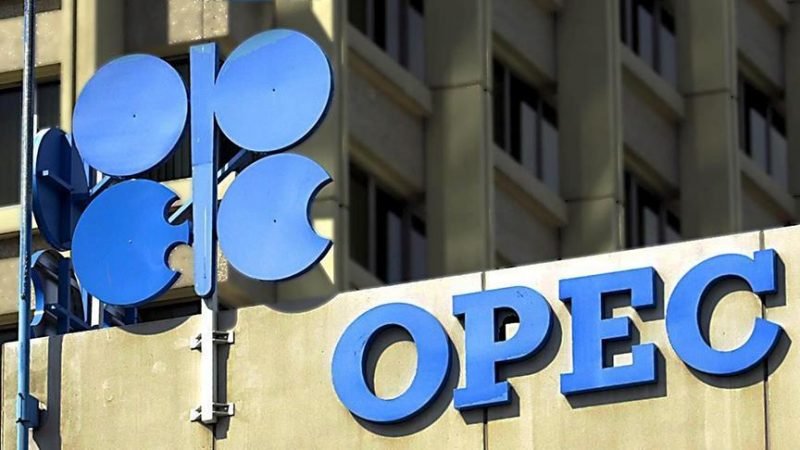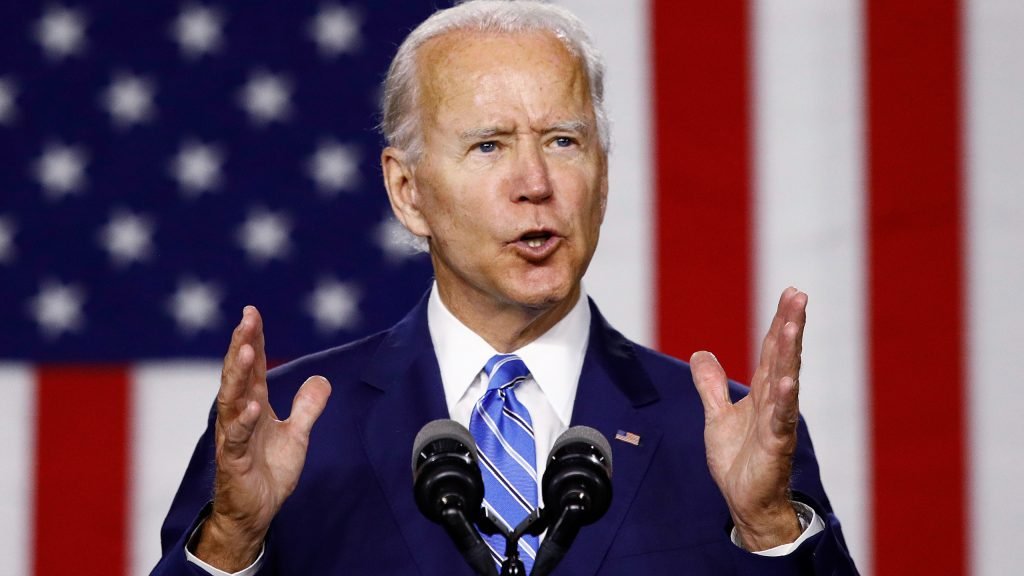Is India, the US, China, and Japan’s release of their strategic petroleum reserves to take on OPEC+ just a “Symbolic Act”?

While most Indians think that fuel prices are at an all-time high, and they are correct, but it is not only the Indians who are bearing the brunt of skyrocketing prices. Brent, the most widely used benchmark in the international crude oil trade, reached $86.40 per barrel on October 26. And, as I write this, the current global benchmark crude oil price is around $82 a barrel.
In the wake of all the price ranting around the world, the United States talked to China, India, Japan, and South Korea about a joint release from strategic reserves in a bid to rein in crude prices and send a strong-worded message to OPEC. To understand why the Biden Administration became so involved in pursuing a plan to counter OPEC+ with “Strong worded” and “Symbolic Act” along with countries like India and Japan, even though those nations initially didn’t agree with the plan and were very unsure of its results, certain events and political realities must be examined.
It was only after the OPEC+ cartel rejected President Biden’s request to release more oil last Thursday that the White House floated the idea of releasing barrels from the Strategic Petroleum Reserve to tame prices. And therefore, as some experts have called the Strategic Petroleum Reserve the “Strategic Political Reserve”, it holds very true.
The White House is probably aware of the fact that an SPR release will do little to reduce gasoline prices. That may not matter as long as the administration can regenerate its political capital by appearing to do something while blaming others. The citizens of the United States are extremely dissatisfied with the Biden Administration’s inability to control the fuel inflammation, so it has become critical for him to keep his vote bank safe through “symbolic acts” so that they see him as a President who is capable of delivering. And this is not the first time a US President has decided to pursue such a strategy. There have only been three occasions in history when the White House has ordered an emergency drawdown. Two involved significant supply disruptions as a result of wars: Libya in 2011 and Iraq in 1991. The draw in 2005 came as a result of Hurricane Katrina, which caused a quarter of US production to shut down. Today’s emergency, on the other hand, is primarily political. Retail gasoline prices are nearing $3.50 per gallon, a level not seen in at least seven years, as voters complain about the highest inflation in decades.

In this regard, India’s situation is not much different. The Indian people, too, complained about the high fuel prices, making a mockery of the BJP’s high-ranking leaders, who had previously criticised the then-ruling government’s inability to control inflammation, but now that the BJP is in power, the prices have surpassed a century. It became critical for the ruling government to save its face ahead of key state elections in India, and this, in my opinion, was a major factor in the government lowering fuel prices on the eve of Diwali by 12–10 INR.
It was obvious that there couldn’t possibly be enough barrels to cause a sustained drop in oil prices, rendering such a move pointless. In this plan, India agreed to release 5 million barrels of crude oil. India, on the other hand, consumes the equivalent of 5 million barrels of petroleum on a daily basis. So, what India is really offering is a day’s worth of fuel, which is insignificant. According to industry observers too, the release of five million barrels of crude oil from India’s SPR is merely a symbolic gesture on India’s part.
Right after the announcement, while prices have since dropped to nearly $79 per barrel, they rose more than 3% in two days to hover around the $83 per barrel mark following the announcement. What the collective of these countries was offering was released, and the world goes through double that amount in a single day, so it was evident that it was really going to help.
Even historical precedent demonstrates how fleeting, and even counterproductive, the impact of a release can be. When the United States announced a coordinated release with other countries on June 23, 2011, Brent crude fell 6% on the day of the announcement to $107.37 per barrel, then fell another 1.2 per cent the next day. Oil was $4.66 per barrel higher two weeks later than it was before the announcement.
The news of the release of crude from strategic reserves has already been discounted by the market. Prices were reduced by $8 to $10. This, however, will not be enough to keep global fuel prices from rising. That’s a good sign, but in the current environment, dramatic events would be required to affect the price of oil. For example, if sanctions against Iran were suddenly lifted and demand fell as the pandemic worsened, oil prices could fall by about $20 per barrel. Even the White House realises that such events are unlikely to occur anytime soon, so the plans are reduced to “symbolic acts” and nothing more.
Worryingly, OPEC+ may strike back with a vengeance, putting a strain on the pockets of the working classes. OPEC+ producers had previously warned that they would respond by delaying additional output increases planned for January and beyond, or even reversing previous increases. The group is scheduled to meet on December 2 to discuss production plans for January, and this meeting will determine the future of the oil wars and global politics, in which we should all be interested.


















